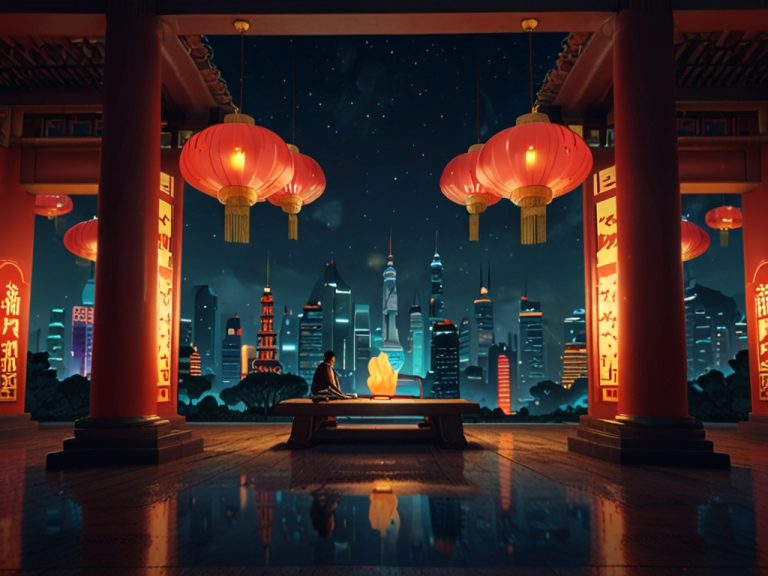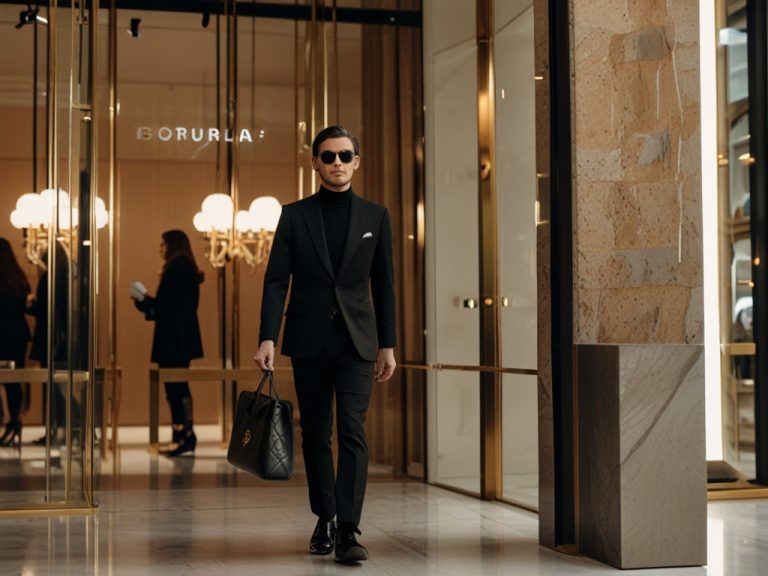Tl;dr
- Luxury brands are increasingly collaborating with video games to reach new audiences, experiment with creativity, and speak to the next generation of clients.
- Louis Vuitton partnered with League Of Legends, Gucci with Roblox, Balenciaga with Fortnite, and Bulgari with Zepeto.
- The mobile games market represents huge potential for Maisons. There will be as many as 2.3 billion mobile gamers by 2027, a large proportion under 34.
- Future trends may include virtual fashion shows, in-game and real life wearables, and the emergence of collections inspired by virtual fashion and avatars.
Maisons have an exciting way to build new audiences, experiment with creativity and market to the next generation of customers. And it’s as easy as clicking buttons. From Fortnite, Roblox and League-Of-Legends, to PlayStation, Final Fantasy and Grand Theft Auto, could video games be the next frontier of luxury collaboration?
As many of you already know, LVMH has partnered with Epic Games to accelerate our presence in some of the world’s most exciting games. In light of the groundbreaking collaboration, the Forward Team wanted to bring you up-to-speed with a selection of the most successful luxury activations in the gaming world, explore the benefits for Maisons, unpack the ‘why’, and ask what might come next.
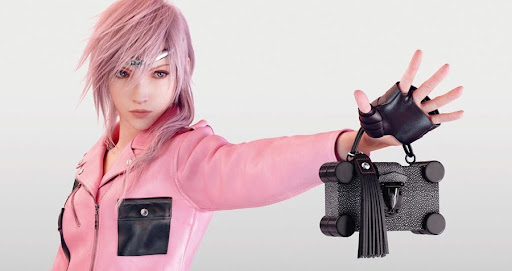
LV, Balenciaga and Bulgari: Which Maisons are playing in which games?
Are you a gamer? If you are, it might not be a surprise to hear the first luxury collaboration was with Final Fantasy. It began in the summer of 2012 with characters from the game appearing in a fashion magazine modeling Prada’s Spring Collection. Although the 12-page spread lacked direct input from Prada, it spiked curiosity. In 2016, Louis Vuitton used Final Fantasy avatars in its spring/summer campaign, and the flood gates opened.
Balenciaga, more familiar for avant-garde ready-to-wear than video games, created branded skins for players in Fortnite. Staying with Fortnite, Ralph Lauren has a ‘phygital’ collection in the game. Via a collaboration with Polyphony Digital and Sony, you can zoom around Gran Turismo 7 wearing Dior. Bulgari partnered with South Korean mobile gaming app Zepeto and Burberry launched a series of immersive in-game experiences in Minecraft that allowed players to avoid traffic and explore a pixelated version of London.
Finally, back to Louis Vuitton and one of the biggest video game partnerships to date. In 2021, they collaborated with Riot Games on League-of-Legends. Players could download limited-edition skins with the iconic logo emblazoned on. This was a massive scoop for LV as Riot Games had largely avoided any brand integration in the game. Not only did the exclusive partnership give players a stunning wardrobe to personalize their avatars, it also highlighted the synergy between luxury and gaming. An opportunity not to be missed!

Gucci, Fenty and The Roblox Effect
It would take all day to list the luxury brands building in Roblox, so here are three of the most interesting. Maybelline New York launched a virtual experience that features games and virtual makeup; Gucci has ‘Gucci Garden’, where players can purchase digital fashion and Fenty has a virtual experience in the game (stay tuned – more on that soon!).
And all of this before we mention the gargantuan potential of the Chinese gaming market. According to CEO David Baszucki, “Roblox aims to increase its 65m daily average users to 1 billion (mostly via the Chinese market) by next year.”
Luxury Brands And The Mobile Gaming Explosion
The PC and console market is huge. But as anyone who has teenagers will tell you, the future of gaming is mobile. According to Statista, “The number of mobile gamers is projected to hit 2.3 billion by 2027.” Wow! No wonder so many luxury brands are working around the clock to get their fashion and jewelry featured in games.
Again, a few of the most prominent activations: Players in Pocket Styler can dress their avatars in the Marc Cain anniversary collection. More strikingly, players can purchase the clothes in-store, or online. Krafton’s PUBG Battlegrounds has over a billion players, 30 million of whom play daily! Their collaboration with Julien Fournie means players can dress themselves in haute couture as they deploy their armies.
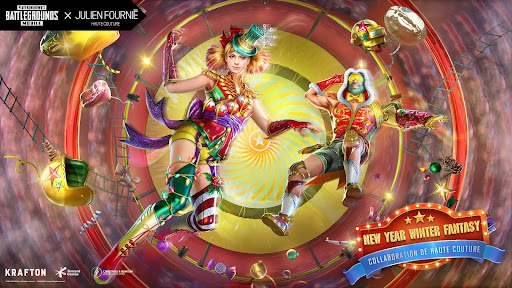
Why Is Gaming Attracting Luxury Brands?
Wherever you look, the numbers are staggering. The global gaming market was worth $159.3 billion in 2020. (To put that in perspective, the music industry was worth $19.1 billion and the movie industry $41.7 billion.) When Balenciaga collaborated with Fortnite, they had direct access to 350 million players. When Bulgari teamed up with Zepeto, 20 million active monthly users, mostly from Asia, could experience the brand, many for the first time.
DID YOU KNOW? Gamers in Zepeto have bought and sold over 1.8 billion fashion items since the launch in 2018!
Creativity, personalization and bi-directional value exchange for the next generations
For the brands then, perhaps it’s obvious: this is a numbers game that can’t be ignored. But just plugging in and spawning into a game is a strategy destined to failure. Gamers demand authenticity, originality and creativity. They also increasingly seek personalization – be that designing and dressing their avatars, the in-game music, their dashboards and backgrounds or even the worlds they play in.
However, because the individuality and uniqueness of luxury aligns with this gaming philosophy, Maisons have a massive advantage over other industries. They also have the creative tools and people to build beautiful digital and immersive experiences. One of the most striking and overlooked reasons Maisons are collaborating with games is because of the sheer scope for fun, imagination and creativity they offer designers, creatives and marketing departments.
Then of course, there is the next generation. Generation Z ‘live and breath’ gaming, spending up to 80 hours a week in virtual worlds. And as the incredible numbers coming out of Zepeto confirm, the potential new market is astronomical. If 1.8 billion fashion items have been bought and sold on a platform that doesn’t have a wide cast of brands offering virtual fashion, what happens when more players enter the game? What happens when graphics, speed and interoperability catch up with our imagination?
But entering this new market successfully won’t be easy. Rewards will take work, creativity and perhaps even a re-thinking of brand and luxury values. The spending power of Generation Z is huge (€360 billion according to Bloomberg), but they seek authentic, sustainable and community driven brands to buy products from. Their philosophy, desires and demands are far from the traditional consumer.
We can see change playout every day as brands across industries and verticals forge new collaborations and partnerships in a bid to capture the hearts and minds of a new generation that demands digital connection to physical reality. And with good reason: when people spend half of their life in virtual worlds and games, the brands they interact with become part of the story they tell themselves and the story they tell others. They have to get the choice right.
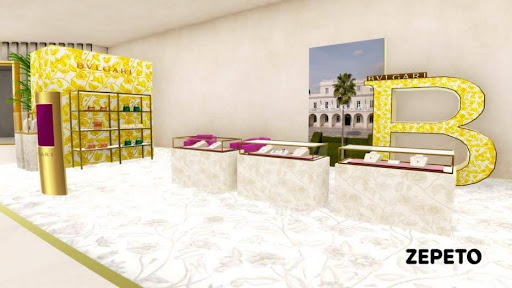
What are some of the gamification trends you can expect to see in the luxury industry?
The potential for creativity at the intersection of gaming and fashion seems limitless, blending real and virtual, bespoke collections. What could future trends look like?
-
- Virtual fashion shows: Games allow Maisons to blur the lines between physical and digital fashion in exciting, immersive ways.
- Sustainability: Can luxury brands find new ways to promote sustainable fashion in games?
- Virtual Fashion Designers: Could virtual, in-game fashion soon be seen on the cat walks of Paris and Rome?
- In-game marketing: As games become more photo-realistic and immersive worlds advance, could in-game marketing replace print, TV and other more traditional marketing channels
- User generated content: Value exchange and creativity goes both ways. Game collaborations give brands more power to collaborate directly with fans and customers.
Conclusion
This is a snapshot of some of the collaborations and ideas that are already percolating across the luxury industry. Make no mistake, gaming is the next frontier of mass marketing, an immersive, virtual gateway to billions of new customers. Done correctly, in keeping with brand DNA and philosophy, it presents an unmatched opportunity. If you want to target Gen-Z, Alpha and Beta, is there a greater return on investment than gaming collaborations?

